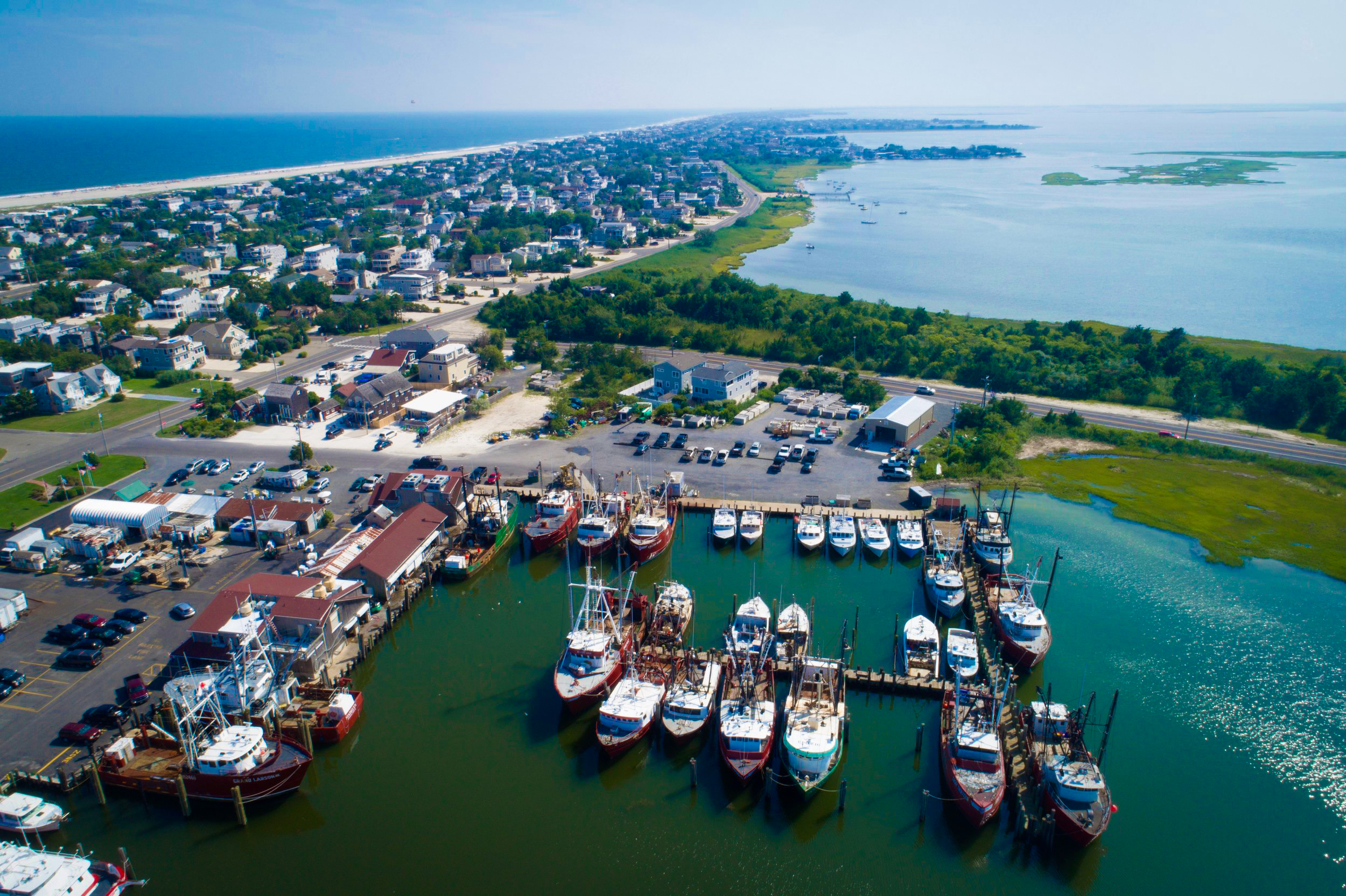Improved management practices and propitious oceanic conditions combined to create a fully rebuilt scallop fishery early in the decade. The innovative management system pioneered by FSF has helped to build on and maintain this success. Indeed, recent surveys show the highest level of young scallops entering their second year of life (that is, “recruiting” to the fishery) on record. To date, FSF:
- Partnered with University of Massachusetts, Dartmouth, School of Marine Sciences and Technology (SMAST) to conduct a survey to determine the actual state of the Georges Bank scallop beds. After years of closure, research showed a dramatic re-population of the habitat. Once re-opened, FSF petitioned the National Marine Fisheries Service (NMFS) to implement a carefully designed access program. From 2000 through 2004, a series of special access programs provide conservation-friendly and economically important fishing opportunities for scallopers.
- Worked with independent fishery scientists to develop a groundbreaking rotational scallop management program building on the experience of the Georges Bank program. NMFS permanently adopted this revolutionary approach for the entire fishery in 2004.
- Continues to provide financial and logistical support to SMAST and the Virginia Institute of Marine Sciences to conduct independent research surveys relating not only to scallop abundance but also marine fish habitat.
The rotational fishing management system has led to an increase in abundance and high catch rates, allowing fishermen to reduce the amount of time scallop dredges are deployed. This has led to lower operating costs, lower incidental catch of other species and greatly lessened impacts on the marine environment.



